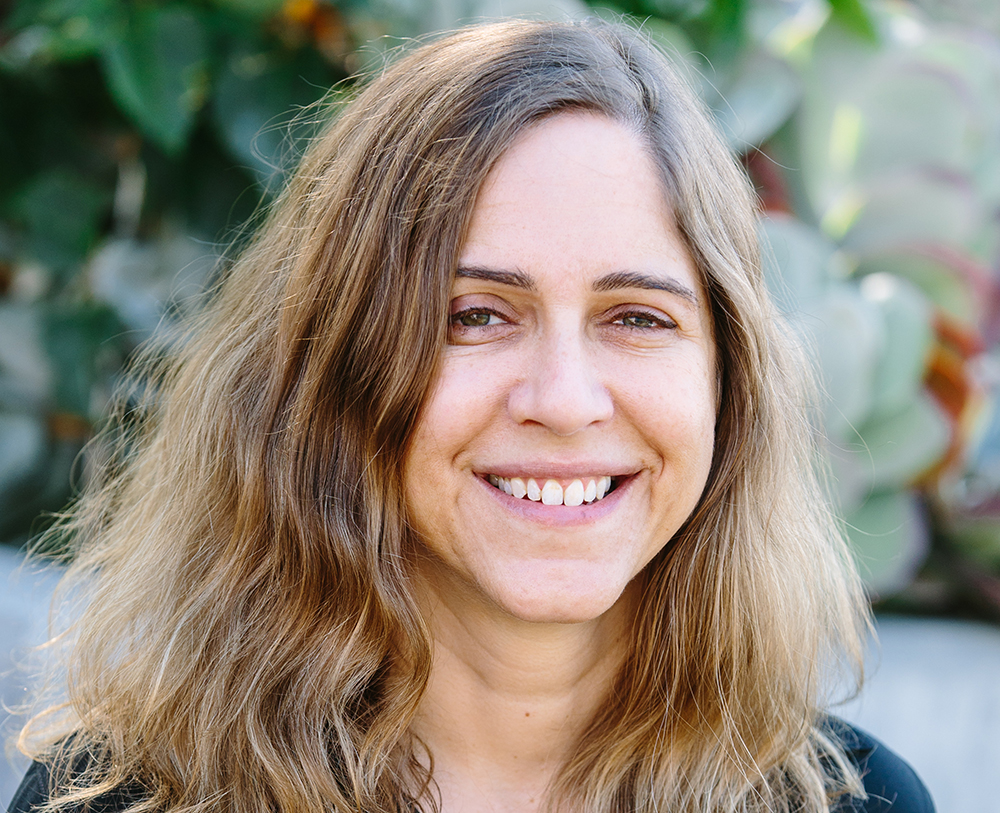Quest for New Alloys Continues Thanks to NSF Grant
November 29, 2016
Researchers from Harvey Mudd College and the University of New South Wales (UNSW) in Australia continue to advance strategies for developing novel high-entropy alloys (HEAs) with properties exceeding those of conventional engineering metals.
Funded earlier this year, this work is supported by a three-year, $229,898 National Science Foundation grant. Harvey Mudd students and UNSW mentors have collaborated for the past four years on the fabrication, study and modeling of HEAs, the focus of considerable attention due to their potential to exceed traditional alloys in a broad range of important uses, from their incorporation in lightweight, high-strength structures to their use in high-temperature and corrosive environments.
“There is tremendous promise for tailoring specific material properties for a great many different applications,” says Lori Bassman, professor of engineering, associate dean for academic affairs and principal investigator for the project.
Traditional alloys used in engineering applications, including steel and aluminum, are formed using a primary solvent element combined with small quantities of other elements. HEAs consist of at least four elemental components containing substantial content of each.
Under the current grant, students will fabricate, characterize and model HEAs. Among the project goals is the development of key thermodynamic and electronic principles that predict formation of ductile intermetallic phases and the atomic ordering and disordering of those phases. Also, the researchers will aim to understand the deformation mechanisms associated with significantly enhanced strength and ductility in HEAs over conventional alloys.
Results of this work could potentially include several new alloy systems plus an experimentally validated strategy that will enable efficient development of further novel HEA systems.
Over the next three summers, five Harvey Mudd students funded by the NSF grant and the Jude and Eileen Laspa Fellowship in Applied Mechanics will work at UNSW’s School of Materials Science and Engineering and Electron Microscope Unit and also will complete at least two academic semesters of complementary research at Harvey Mudd. The students have an opportunity to work with UNSW specialists, including Kevin Laws, a leader in compositionally complex metal alloys, and Karen Privat, an expert on quantitative electron beam microanalysis.
Bassman has collaborated with UNSW researchers since 2006 and has involved Harvey Mudd students for the past eight summers. The resulting research has yielded patent filings for two new families of HEAs as well as eight published journal articles, nine refereed conference papers and five poster presentations.
UNSW is among the top universities in the world and has ranked high in Australia for materials science in recent years. Harvey Mudd offers a broad-based engineering curriculum that teaches common skills, approaches and methods that may be used to tackle virtually any engineering problem.
